Home>diy>Building & Construction>Which Area Of A Construction Zone Is The Most Dangerous?
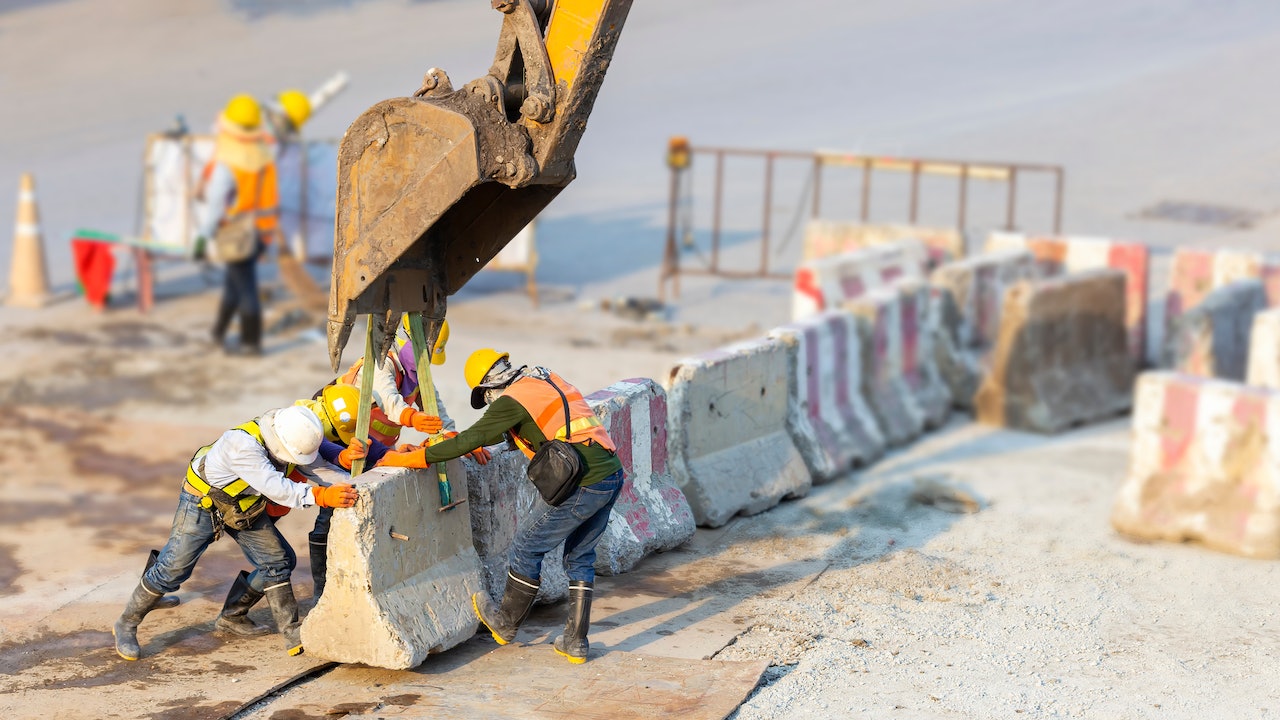

Building & Construction
Which Area Of A Construction Zone Is The Most Dangerous?
Modified: August 21, 2024
Discover the most hazardous area in a building construction zone. Stay informed and prioritize safety in the #building-construction industry.
(Many of the links in this article redirect to a specific reviewed product. Your purchase of these products through affiliate links helps to generate commission for Storables.com, at no extra cost. Learn more)
Introduction
Construction sites are inherently dangerous environments due to the presence of various hazards and the complexity of the work being carried out. When it comes to assessing the danger in a construction zone, it is important to consider the different areas within the site where risks may be heightened. Understanding these areas and the potential hazards they present is crucial for ensuring the safety of workers and minimizing the occurrence of accidents.
There are several factors that contribute to the danger in a construction zone. These include the nature of the work being performed, the presence of heavy machinery, the use of hazardous materials, the proximity to utilities and electrical systems, and the potential for working at heights. By evaluating these factors and identifying potential risks, construction professionals can take proactive measures to mitigate dangers and adhere to necessary safety protocols.
In this article, we will explore the areas of a construction zone that are commonly considered the most dangerous. By examining the risks associated with each area and understanding the specific hazards involved, we can gain valuable insights into ensuring the safety and well-being of construction workers.
Key Takeaways:
- Construction professionals must evaluate and address specific hazards in areas such as excavation, scaffolding, heavy machinery, and electrical zones to ensure worker safety and prevent accidents.
- Thorough risk assessment and targeted safety measures are crucial for creating a safer working environment in construction zones, addressing factors such as material storage, roadwork, and temporary structures.
Factors Contributing to the Danger in a Construction Zone
Construction sites are dynamic environments where workers are exposed to a wide range of hazards. Understanding the factors that contribute to the danger in a construction zone is essential for implementing effective safety measures and protecting the well-being of all workers involved.
One major factor that increases the danger in a construction zone is the nature of the work being performed. Construction activities often involve tasks that require heavy lifting, working at heights, and working with power tools and heavy machinery. These tasks inherently come with elevated risks, including falls, struck-by accidents, and exposure to hazardous materials.
The presence of heavy machinery on construction sites is another significant factor. Equipment such as cranes, bulldozers, and excavators are essential for completing construction projects efficiently. However, their operation requires skilled operators and poses risks such as equipment malfunctions, tip-over accidents, and collisions with workers or other equipment.
The use of hazardous materials is yet another contributor to the danger in a construction zone. Construction projects often involve the handling and storage of materials such as asbestos, lead, and flammable substances. Exposure to these materials can lead to health issues and injuries if not properly managed.
Proximity to utilities and electrical systems also increases the danger level. Construction workers may encounter electrical hazards while working near power lines, junction boxes, or electrical panels. Accidental contact with live wires or inadequate grounding of equipment can result in electrocution or serious injuries.
Additionally, working at heights is a common requirement in construction projects, such as when erecting scaffolding or installing roofing. Falls from heights are among the leading causes of injuries and fatalities in the construction industry. Without proper fall protection systems and training, workers are at a higher risk of accidents.
Other factors contributing to the danger in a construction zone include environmental conditions such as extreme weather or unstable ground, inadequate training and supervision, and human error. Identifying and mitigating these factors is crucial to ensuring a safe working environment for construction workers.
Evaluating the Danger Levels in Different Areas of a Construction Zone
Within a construction zone, there are various areas that require specific attention due to the unique risks they pose. Evaluating the danger levels in these areas is essential for implementing targeted safety measures and protecting workers from potential hazards.
One area that requires careful evaluation is excavation and trenching. These areas involve the removal of soil or rock to create a foundation for construction projects. The risks in these areas include cave-ins, falls, and the potential for workers to be struck by falling objects. Proper shoring, adequate protective systems, and regular inspections can help mitigate these dangers.
Scaffolding and elevated work areas also warrant thorough evaluation. These structures, used for accessing heights during construction, pose risks such as collapses, falls, and inadequate bracing. Regular inspections, proper installation, and adherence to safety regulations are crucial for minimizing these risks.
Heavy machinery operation areas are another high-risk zone. Workers operating equipment such as cranes, forklifts, and bulldozers face risks of equipment malfunctions, tip-overs, and collisions. Strict training requirements, routine maintenance, and clear communication protocols are essential for reducing the dangers in these areas.
The electrical and utility zones within a construction site require meticulous assessment. Working near live electrical lines, transformers, or utility systems increases the risk of electrocution and electrical shocks. Adherence to proper lockout/tagout procedures, grounding protocols, and regular inspections ensure the safety of workers in these areas.
Roadwork and traffic control areas also demand thorough evaluation. Construction projects that impact roads and traffic necessitate effective communication, clear signage, and proper traffic management to prevent accidents and minimize disruptions to the flow of vehicles.
Material storage and handling zones should not be overlooked. Improper storage, handling, and transportation of construction materials can pose tripping hazards, create fire risks, and lead to falls. Organized storage systems, clear labeling, and employee training play a vital role in maintaining safety in these areas.
Temporary structures and shoring areas, such as temporary fencing or bracing systems, also require evaluation. Instability, collapses, and inadequate structural support are risks associated with these areas. Regular inspections and adherence to engineering specifications help ensure the integrity of temporary structures and minimize dangers.
By evaluating the danger levels in different areas of a construction zone, construction professionals can implement appropriate safety measures to mitigate risks and create a safer working environment for all workers involved.
Assessing the Risk in the Excavation and Trenching Area
The excavation and trenching area of a construction site presents its own unique set of risks and hazards. Assessing these risks is crucial for ensuring the safety of workers and preventing accidents in this potentially dangerous zone.
One of the main dangers in the excavation and trenching area is the risk of cave-ins. The walls of excavated trenches can be unstable, especially if the soil is loose or undermined. A cave-in can occur suddenly, burying workers under tons of soil and debris. To assess this risk, construction professionals must evaluate the soil conditions, identify any signs of instability, and ensure proper shoring or trench boxes are in place to prevent collapses.
Falls are another significant risk in the excavation and trenching area. As workers descend into deep trenches or climb out of them, they can easily lose their balance and fall. Uneven surfaces, debris, or inadequate access points can contribute to these falls. Assessing fall hazards involves reviewing the condition of ladder rungs or steps, providing stable platforms, and ensuring the availability of proper fall protection equipment such as harnesses and guardrails.
Struck-by incidents are also a concern in this area. Excavation activities often involve the use of heavy machinery and equipment, and the movement of these objects can pose a risk to workers. Assessing the risk of being struck by equipment involves establishing clear communication protocols, ensuring visibility through proper lighting and warning signs, and implementing designated work zones to separate workers from moving equipment.
Additionally, there may be hazards associated with underground utilities in the excavation and trenching area. Unintentional strikes on buried pipelines, cables, or electrical systems can lead to severe injuries, explosions, or electrocutions. It is essential to conduct thorough utility locates, follow proper digging procedures, and utilize technology such as ground-penetrating radar to assess the risk of striking underground utilities.
Proper assessment of the risk in the excavation and trenching area requires a comprehensive understanding of the specific hazards involved. Conducting thorough inspections of the site, analyzing soil conditions, implementing appropriate safety measures, and providing adequate training for workers are critical steps in minimizing risk and ensuring a safe working environment.
Identifying Hazards in the Scaffolding and Elevated Work Areas
Scaffolding and elevated work areas are integral components of many construction projects. However, these areas pose significant risks to workers if hazards are not properly identified and addressed. Identifying these hazards is essential for ensuring the safety of workers in these elevated environments.
One of the primary hazards in scaffolding and elevated work areas is the risk of falls. Working at heights increases the danger of serious injuries or fatalities in the event of a fall. Hazards that contribute to falls include unstable or poorly constructed scaffolding, inadequate guardrails or toe boards, slippery surfaces, and insufficient access points. Proper inspection and maintenance of scaffolding, the use of fall protection systems such as harnesses and lanyards, and regular safety training are essential for mitigating this risk.
Another hazard in these areas is electrocution. If scaffolding comes into contact with live electrical wires or is incorrectly erected near power lines, workers can be exposed to electrical shocks or fatal injuries. Conducting thorough inspections to ensure proper clearance from electrical sources, implementing appropriate grounding measures, and providing electrical safety training are crucial steps in mitigating this hazard.
Collapses or structural failures of scaffolding can also lead to serious accidents. This can occur due to inadequate bracing, overloading, improper assembly, or the use of damaged or incompatible scaffolding components. Proper installation, regular inspections, adherence to manufacturers’ guidelines, and ensuring the competence of those erecting the scaffolding help identify and prevent such hazards.
Falling objects pose an additional hazard in elevated work areas. Tools, materials, or debris that are not properly secured can fall from scaffolding, endangering workers below. Implementing strict procedures for tool and material handling, securing items to prevent them from becoming dislodged, and providing proper personal protective equipment like hard hats are essential for mitigating the risk of falling objects.
Other potential hazards in scaffolding and elevated work areas include inclement weather conditions such as strong winds or icy surfaces, limited visibility due to fog or low lighting, and inadequate signage or warning systems. Identifying these specific hazards requires thorough risk assessments that take into account environmental factors and potential interferences.
By identifying hazards in the scaffolding and elevated work areas, construction professionals can take proactive measures to eliminate or minimize risks. Regular inspections, effective communication, proper training, and the enforcement of safety protocols are crucial for creating a safe working environment in these elevated zones.
Read more: When Is Grass Most Dangerous For Horses
Analyzing the Risks Associated with Heavy Machinery Operation
Heavy machinery is a vital component of many construction projects, enabling tasks to be completed efficiently and effectively. However, the operation of heavy machinery comes with inherent risks that need to be carefully analyzed and addressed to ensure the safety of workers on construction sites.
One of the primary risks associated with heavy machinery operation is equipment malfunctions. Mechanical failures, such as brakes failing, hydraulic leaks, or engine malfunctions, can lead to accidents and injuries. Regular maintenance and inspections are essential to identify and rectify potential issues, reducing the risk of malfunctions during operation.
Tip-overs are another significant risk when operating heavy machinery. Uneven ground, unstable loads, or improper use of equipment can cause machinery to tip over, potentially injuring the operator or nearby workers. Ensuring proper training for operators, adhering to load limits, and maintaining a stable base while operating equipment are critical in mitigating this risk.
Collisions with workers or other machinery are common risks in construction zones where heavy machinery is in operation. Limited visibility, failure to communicate effectively, or failure to designate clear work zones can contribute to accidents. Implementing clear communication protocols, utilizing warning signals and spotters, and enforcing strict safety regulations help reduce the risk of collisions.
Workers operating heavy machinery are also at risk of being struck by objects or materials. Flying debris, falling tools, or unsecured loads can cause serious injuries if they make contact with workers. Proper storage and securing of materials, utilization of screens or barriers, and the use of personal protective equipment like hard hats and safety glasses help mitigate this hazard.
Another risk associated with heavy machinery operation is the danger of entanglement or caught-in-between accidents. Workers can become caught in moving parts, pinch points, or rotating machinery, leading to severe injuries or fatalities. Clear training on machinery operation, the use of lockout/tagout procedures, and the enforcement of safety protocols are crucial in preventing these accidents.
Furthermore, the emission of hazardous substances and noise levels should be considered in the analysis of risks associated with heavy machinery operation. Exposure to harmful fumes, chemicals, and excessive noise can have long-term health effects on workers. Implementing proper ventilation systems, utilizing personal protective equipment, and conducting regular monitoring are essential in mitigating these risks.
By carefully analyzing the risks associated with heavy machinery operation, construction professionals can implement appropriate safety measures and protocols. Regular equipment maintenance and inspections, effective communication, thorough operator training, and the enforcement of safety regulations help minimize the risks and create a safer working environment for everyone on the construction site.
The most dangerous area in a construction zone is typically the “work zone” where construction activities are taking place. This area is often marked by barriers and warning signs, and it’s important for drivers and pedestrians to pay extra attention and follow any posted instructions.
Understanding the Dangers Present in the Electrical and Utility Zones
The electrical and utility zones within a construction site can introduce significant dangers that must be understood and addressed to ensure the safety of workers and prevent potential accidents.
One of the primary dangers in these zones is the risk of electrical shock or electrocution. Construction workers who come into contact with live wires, faulty electrical equipment, or improperly grounded systems are at risk of serious injury or even death. Understanding the electrical hazards in these zones requires proper training on lockout/tagout procedures, identification of electrical sources, and the use of appropriate personal protective equipment.
Working near utility systems, including water, gas, or sewer lines, also presents its own set of dangers. Accidental strikes on these lines can lead to gas leaks, explosions, or exposure to hazardous materials. Workers need to be trained on proper procedures for excavation, digging, and locating utility lines, as well as the importance of clear communication to prevent these accidents.
In addition to electrical and utility line hazards, working in confined spaces within the electrical and utility zones poses risks. These confined spaces, such as manholes or underground vaults, can have limited entry and exit points, poor ventilation, or the potential for the accumulation of hazardous gases. Proper training on confined space entry and rescue procedures, regular atmospheric testing, and the use of appropriate personal protective equipment are critical to ensuring worker safety.
Another danger in electrical and utility zones is the potential for fires or explosions. Improper handling of flammable materials, equipment malfunctions, or short circuits can lead to the ignition of combustible substances. Understanding fire hazards and implementing proper fire prevention measures, such as regular equipment inspections, proper storage and handling of flammable materials, and having readily accessible firefighting equipment, can help mitigate these risks.
Unstable ground conditions can also contribute to the dangers in electrical and utility zones. Excavations or trenching near utility lines can cause soil instability, leading to cave-ins or collapses. Conducting thorough evaluations of soil conditions, following proper shoring and trenching guidelines, and implementing adequate protective measures are essential in addressing this risk.
Finally, the presence of overhead power lines in electrical and utility zones presents a unique danger. Working near or underneath power lines without proper clearance or protective measures can result in electrical shocks or contacts. Identifying and assessing the risk of overhead power lines and implementing measures such as barriers, signages, and proper communication protocols are vital steps in maintaining worker safety.
By understanding the dangers present in the electrical and utility zones, construction professionals can take appropriate actions to mitigate risks. Conducting thorough assessments, providing comprehensive training, implementing safety protocols, and promoting a strong safety culture are essential for creating a secure working environment in these zones.
Assessing the Risks in the Roadwork and Traffic Control Areas
Roadwork and traffic control areas present a unique set of risks that must be carefully assessed to ensure the safety of workers and the public. Effectively assessing these risks allows construction professionals to implement appropriate safety measures and prevent accidents in these challenging environments.
One of the primary risks in roadwork and traffic control areas is the potential for vehicle collisions. Workers directing traffic or working near moving vehicles are exposed to the risk of being struck by passing cars or construction equipment. Conducting thorough traffic assessments, positioning signs and barriers in clear view, and training workers on proper traffic management techniques are crucial steps in minimizing this risk.
Falls are also a significant hazard in roadwork areas. Uneven surfaces, debris, or holes in the road can cause workers to trip and fall. Additionally, working at heights on scaffolding or elevated platforms introduces the risk of falls if proper fall protection measures are not in place. Regular inspections, providing proper signage and barricades, and ensuring the availability of appropriate fall protection equipment are essential for mitigating these risks.
Working in close proximity to moving traffic can also introduce hazards such as exposure to hazardous exhaust fumes, loud noise pollution, poor visibility due to dust or weather conditions, and the potential for vehicle backups or sudden lane changes. Assessing these risks involves implementing proper ventilation systems, utilizing hearing protection, improving visibility with proper lighting and reflective clothing, and implementing clear traffic management plans.
Utility lines and underground utilities are another concern in roadwork and traffic control areas. Unintentional strikes on buried gas pipelines, electric cables, or water mains can lead to hazardous situations, explosions, or interruption of essential services. Thorough utility locates, proper excavation procedures, and comprehensive training on identifying and handling utility lines are necessary to address this risk.
Weather conditions can also significantly impact the risks in roadwork and traffic control areas. Slippery surfaces due to rain or snow, high winds, low visibility, and extreme temperatures can all contribute to accidents and injuries. Assessing weather conditions and implementing appropriate safety measures such as temporary coverings, effective signage, and adjusting work schedules to avoid extreme weather conditions are vital in mitigating these risks.
Finally, inadequate signage, unclear markings, or insufficient communication with the public can lead to confusion and traffic accidents in roadwork areas. Conducting regular inspections, ensuring clear and visible signage, providing proper driver guidance, and maintaining good communication between construction personnel and the public are essential in preventing accidents and minimizing disruptions.
By assessing the risks in roadwork and traffic control areas, construction professionals can implement targeted safety measures and create a safer working environment. Thorough traffic assessments, proper training, clear communication, and adherence to safety protocols are crucial in ensuring the safety of workers and the smooth flow of traffic during construction projects.
Identifying Potential Hazards in the Material Storage and Handling Zones
Material storage and handling zones are critical areas within a construction site that require careful identification and assessment of potential hazards. Understanding these hazards is essential for maintaining a safe working environment and preventing accidents related to the storage and transportation of construction materials.
One of the primary hazards in material storage and handling zones is the risk of improper stacking or storage of materials. If materials are piled too high or stored in an unstable manner, they can collapse or fall, causing injuries to workers nearby. It is crucial to identify the maximum stack height and weight limits for different materials and ensure that storage areas are organized and properly secured.
Another potential hazard in these zones is the presence of heavy or oversized materials. Handling large or cumbersome objects can lead to strain or sprain injuries if proper lifting techniques are not utilized. Identifying these hazards involves assessing the weight and dimensions of materials and implementing safe lifting procedures, such as using mechanical aids or providing training on proper lifting techniques.
Flammable or hazardous materials also pose a significant risk in material storage and handling zones. Chemicals, paints, solvents, or flammable liquids require special handling and storage procedures to prevent fires, explosions, or release of toxins. Identifying these hazards involves conducting thorough material assessments, implementing proper labeling and storage protocols, and training workers on the safe handling and disposal of hazardous substances.
Sharp objects or protruding edges on materials can also present hazards in storage and handling zones. Workers can be cut, punctured, or injured if they come into contact with these sharp surfaces. Identifying these hazards requires inspecting materials for any sharp edges or protrusions, providing appropriate personal protective equipment such as gloves, and implementing proper handling techniques to minimize the risk of injuries.
Additionally, the potential for slips, trips, and falls should be considered in material storage and handling zones. Untidy work areas, debris on floors, or inadequate lighting can contribute to accidents. Identifying these hazards involves maintaining a clean and organized work environment, implementing proper housekeeping practices, and ensuring adequate lighting in storage areas.
The use of heavy machinery or equipment for material handling also introduces potential hazards. Workers can be struck by moving machinery, caught in pinch points, or face risks due to inadequate training or insufficient communication. Identifying these hazards requires thorough training for equipment operators, establishing clear communication protocols, and maintaining a safe distance between workers and machinery.
Finally, poor ergonomics in material handling can lead to musculoskeletal disorders or repetitive strain injuries. Assessing ergonomics involves evaluating the design of workstations, providing proper lifting devices, and training workers in ergonomic principles and techniques.
By identifying potential hazards in the material storage and handling zones, construction professionals can implement appropriate safety measures and protocols. This includes proper labeling and organization, training on safe handling techniques, regular inspections, and the use of personal protective equipment. By mitigating these hazards, a safer working environment can be created for all workers involved in material storage and handling activities.
Read more: Which Is The Best Example Of Zoning?
Evaluating the Safety Concerns in the Temporary Structures and Shoring Areas
Temporary structures and shoring areas play a crucial role in construction projects, providing support and stability during various stages of the process. However, it is essential to evaluate the safety concerns associated with these structures to ensure the well-being of workers and prevent accidents.
One of the primary safety concerns in temporary structures and shoring areas is the risk of structural instability. These structures are designed to be temporary, and if they are not properly erected or maintained, they can collapse or fail, potentially causing significant injuries or fatalities. Conducting thorough inspections, following engineering specifications, and ensuring proper installation by qualified personnel are critical steps in evaluating and addressing this concern.
The materials used in temporary structures and shoring areas can also introduce safety risks. If substandard or weakened materials are utilized, there is an increased likelihood of structural failures. Assessing the quality and integrity of materials, as well as conducting regular inspections, is essential to identify any potential hazards and ensure the use of suitable materials in these areas.
Working at heights is often required in temporary structures, such as scaffolding or elevated platforms. This introduces the risk of falls, which can result in severe injuries or fatalities. Evaluating safety concerns in this aspect involves implementing proper fall protection measures such as guardrails, harnesses, and designated work platforms, as well as providing thorough training on working at heights and the use of protective equipment.
Another safety concern in temporary structures and shoring areas is the potential for workers to be struck by falling objects. Tools, construction materials, or equipment can become dislodged and pose a hazard to workers below. Assessing this risk involves implementing proper storage and securing procedures, using toe boards and debris nets, and ensuring workers wear appropriate personal protective equipment such as hard hats.
Temporary structures and shoring areas are often utilized in excavations or trenching activities. This presents the risk of cave-ins or collapses, which can bury or trap workers. Evaluating the safety concerns in these areas involves conducting proper soil assessments, implementing proper shoring techniques, and establishing emergency response protocols such as rescue equipment and trained personnel.
Additionally, adequate lighting and ventilation in temporary structures and shoring areas are crucial for creating a safe work environment. Poor lighting can increase the risk of trips, falls, and other accidents, while inadequate ventilation can lead to hazardous conditions, such as the buildup of toxic gases or insufficient oxygen. Assessing these concerns involves providing proper lighting systems and ensuring proper ventilation and airflow in enclosed areas.
Lastly, communication and training also play key roles in evaluating safety concerns. Workers need to be trained on how to properly use and navigate temporary structures and shoring areas, as well as the specific safety precautions to follow in these environments. Implementing clear communication protocols, such as signs, labels, and effective communication channels, helps ensure that workers are aware of potential hazards and can take the necessary precautions.
By evaluating the safety concerns in temporary structures and shoring areas, construction professionals can identify potential hazards and implement targeted safety measures. Thorough inspections, adherence to regulations and standards, proper training, and clear communication are crucial in creating a safe working environment in these areas throughout the construction process.
Conclusion
Construction sites are inherently dangerous environments, but by understanding and evaluating the risks in different areas, construction professionals can take proactive measures to ensure the safety of workers and prevent accidents. Throughout this article, we have explored various areas within a construction zone and identified the potential hazards and dangers associated with each.
Factors such as the nature of the work being performed, the presence of heavy machinery, the use of hazardous materials, and the proximity to utilities and electrical systems all contribute to the danger in a construction zone. By assessing these factors, construction professionals can implement targeted safety measures to mitigate risks and adhere to necessary safety protocols.
We have delved into the evaluation of danger levels in different areas of a construction zone, including the excavation and trenching areas, scaffolding and elevated work areas, heavy machinery operation areas, electrical and utility zones, roadwork and traffic control areas, material storage and handling zones, temporary structures and shoring areas. By understanding the specific risks and hazards present in each area, construction professionals can develop appropriate safety measures to protect workers and prevent accidents.
It is evident that proper evaluation and identification of potential hazards are crucial in ensuring worker safety. Whether it is assessing the stability of excavation sites, employing strong safety measures in elevated work areas, ensuring the proper operation of heavy machinery, implementing precautions in electrical and utility zones, managing risks in roadwork and traffic control areas, identifying hazards in material storage and handling zones, or evaluating safety concerns in temporary structures and shoring areas, a comprehensive approach to risk assessment is essential.
By remaining vigilant, conducting thorough inspections, providing adequate training, enforcing safety protocols, and promoting a strong safety culture, construction professionals can create a safer working environment for all workers involved in the construction process.
In conclusion, evaluating and understanding the dangers inherent in a construction zone is a critical aspect of maintaining the safety and well-being of construction workers. By proactively identifying and addressing potential hazards, construction professionals can ensure that projects are completed successfully while prioritizing the health and safety of their workforce.
Frequently Asked Questions about Which Area Of A Construction Zone Is The Most Dangerous?
Was this page helpful?
At Storables.com, we guarantee accurate and reliable information. Our content, validated by Expert Board Contributors, is crafted following stringent Editorial Policies. We're committed to providing you with well-researched, expert-backed insights for all your informational needs.
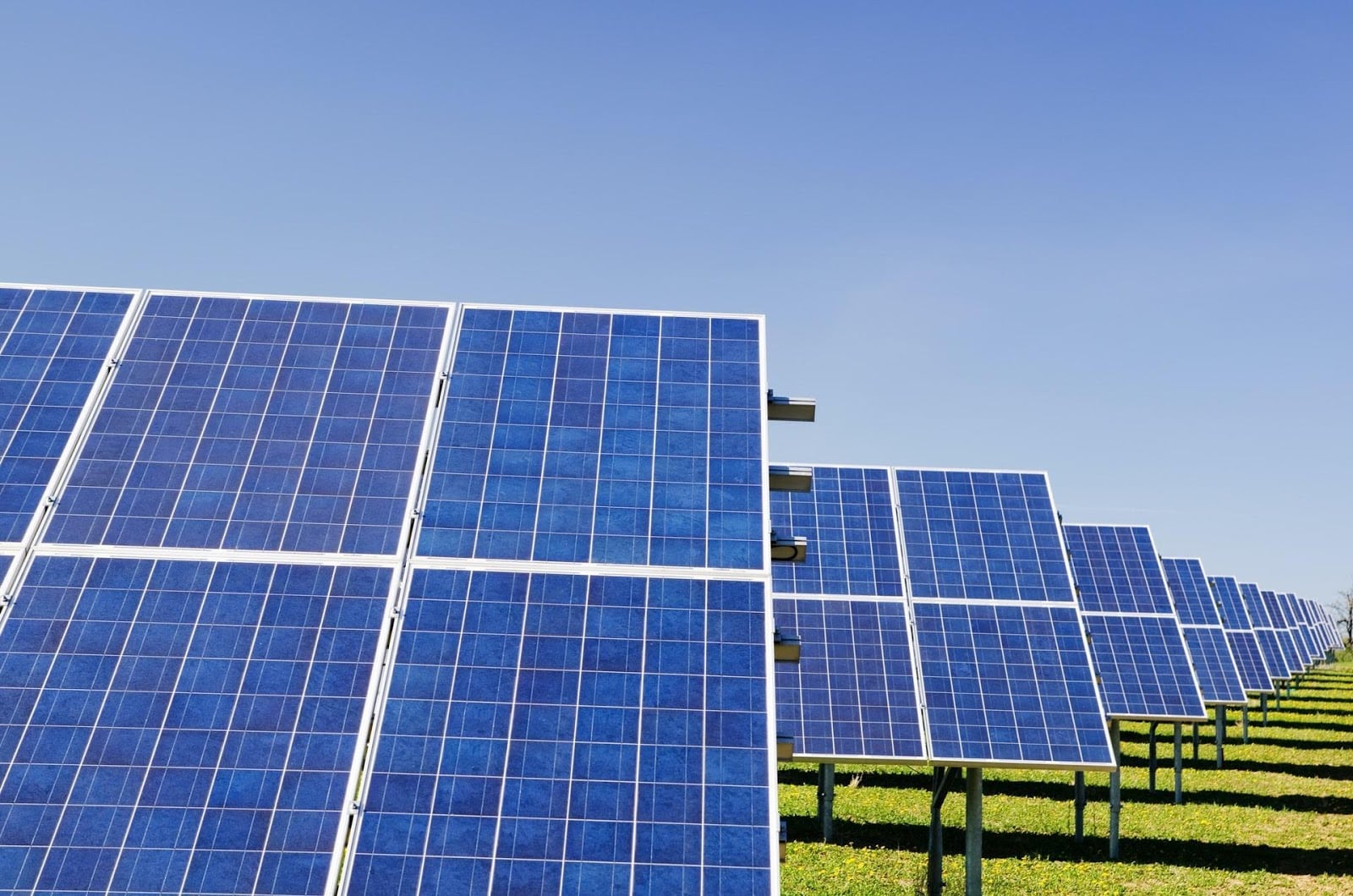

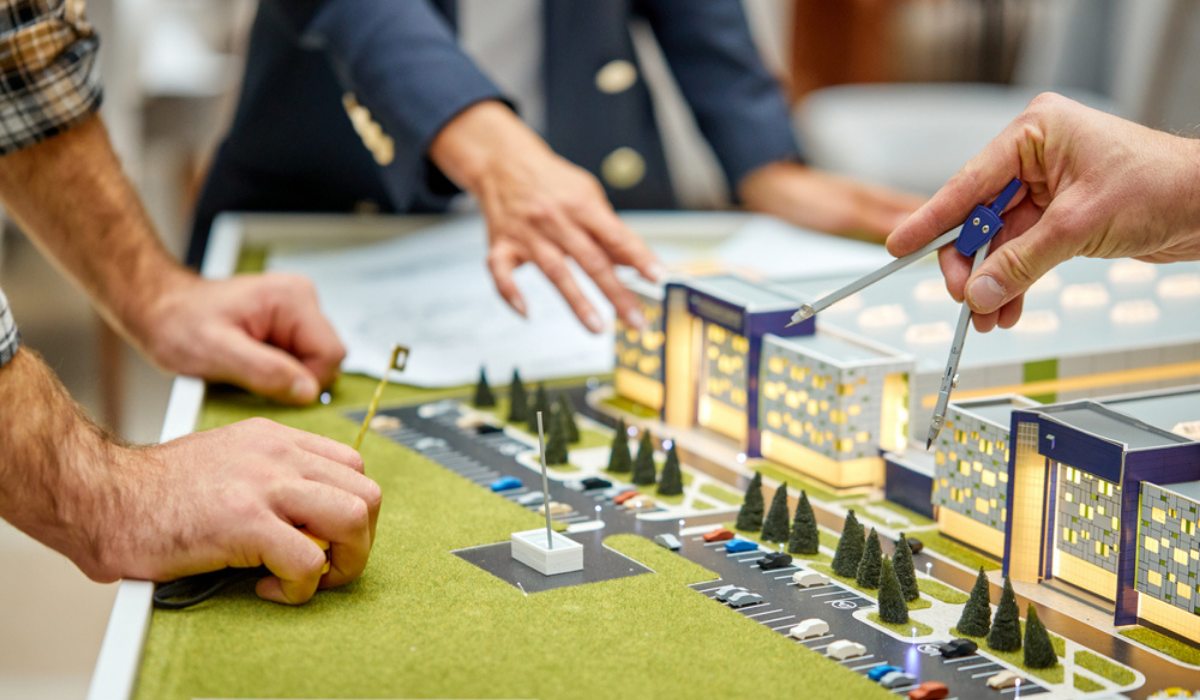
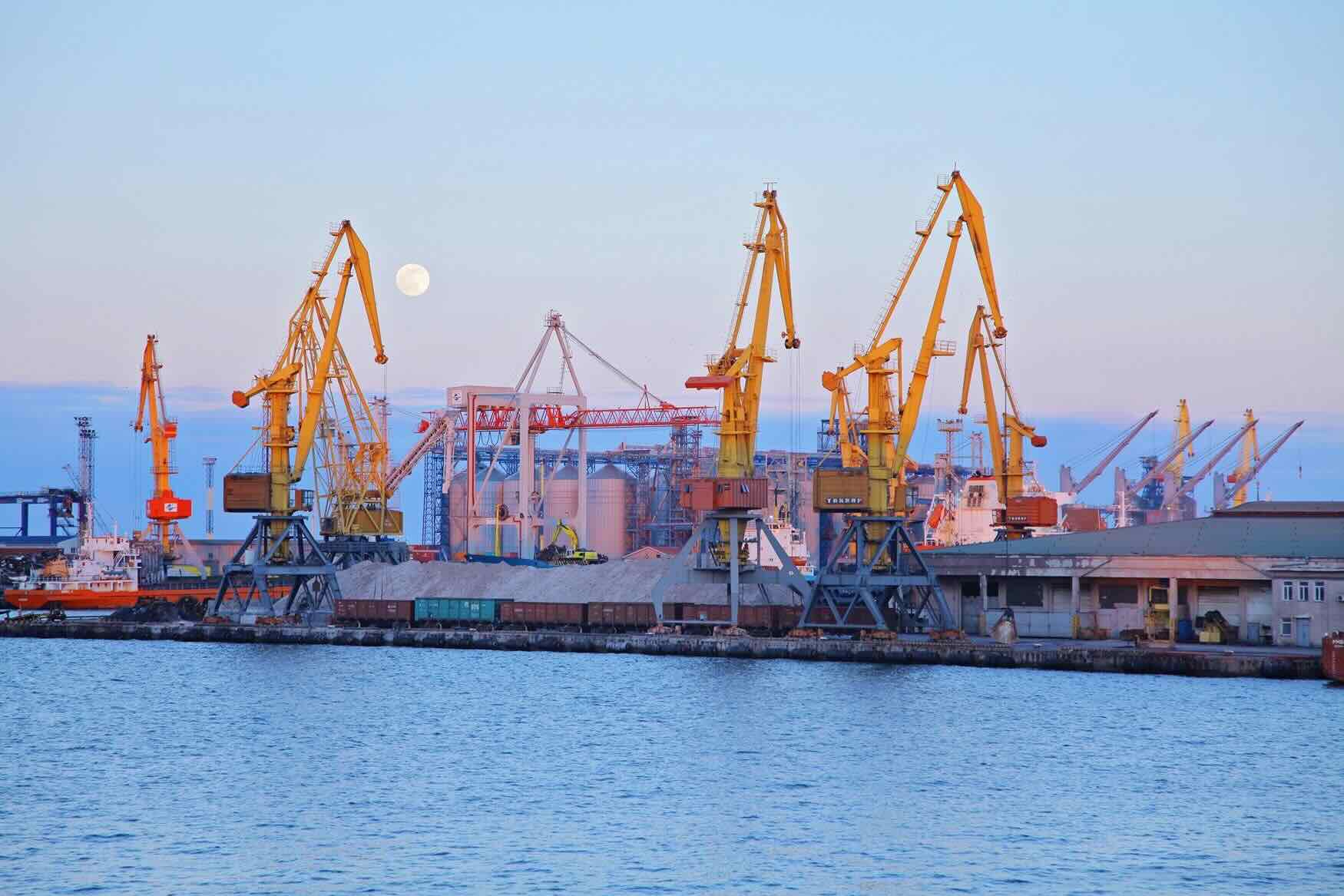


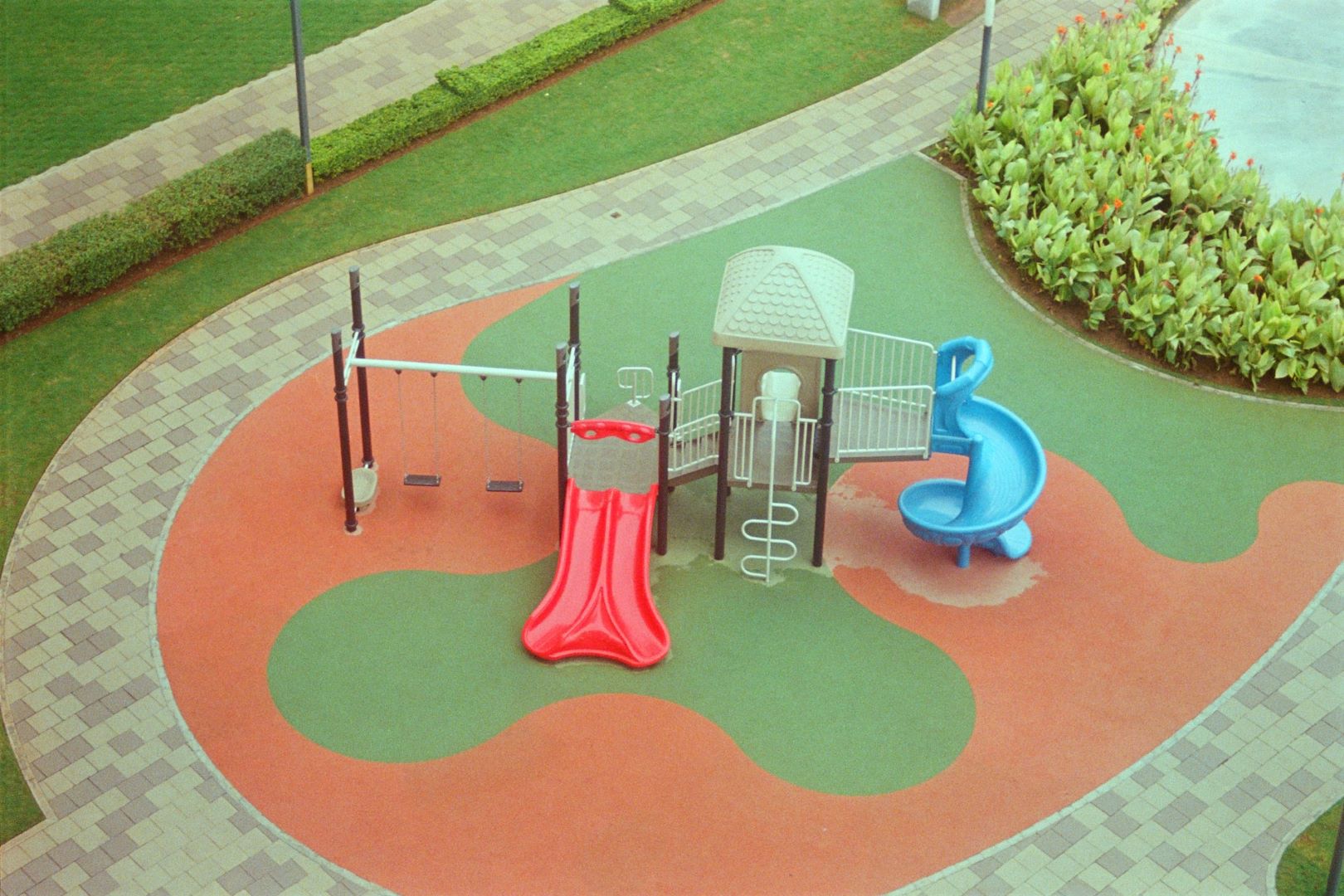
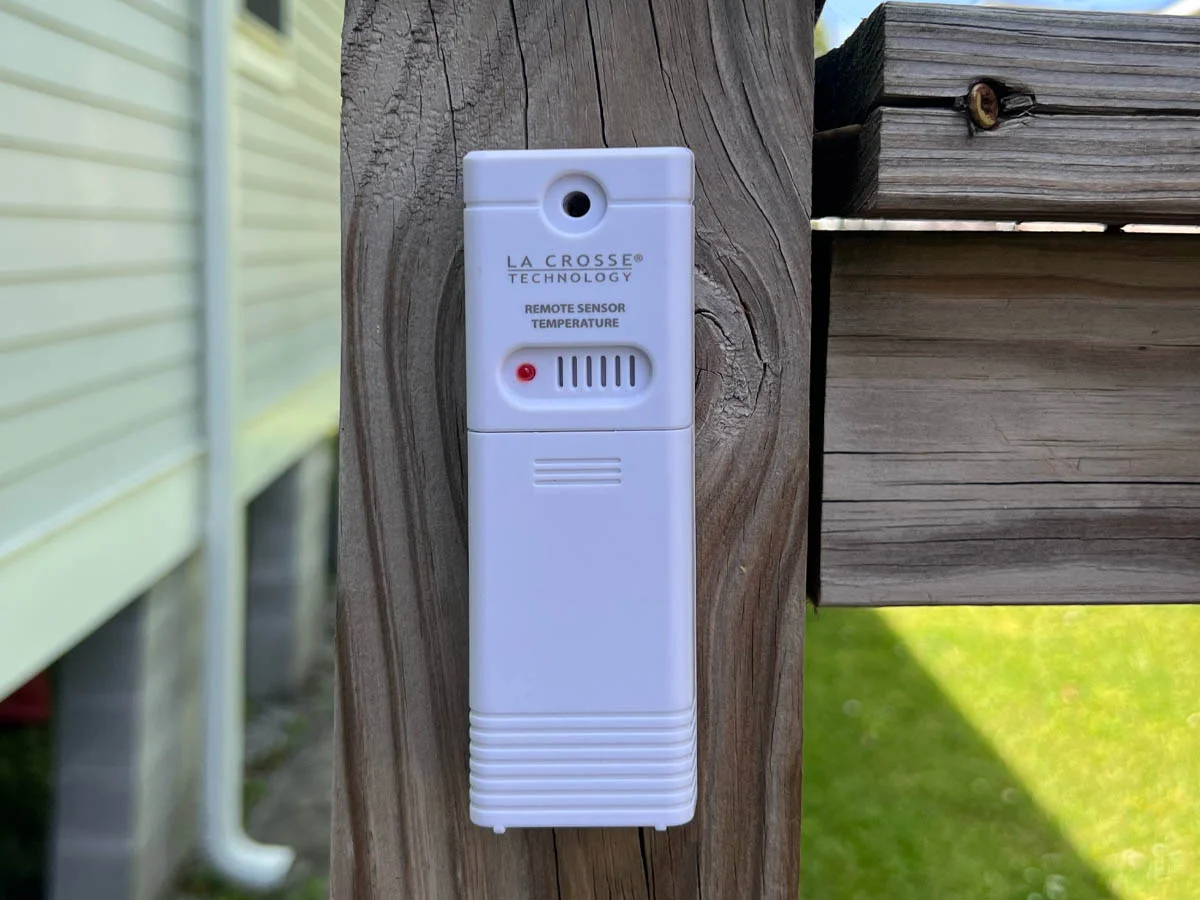
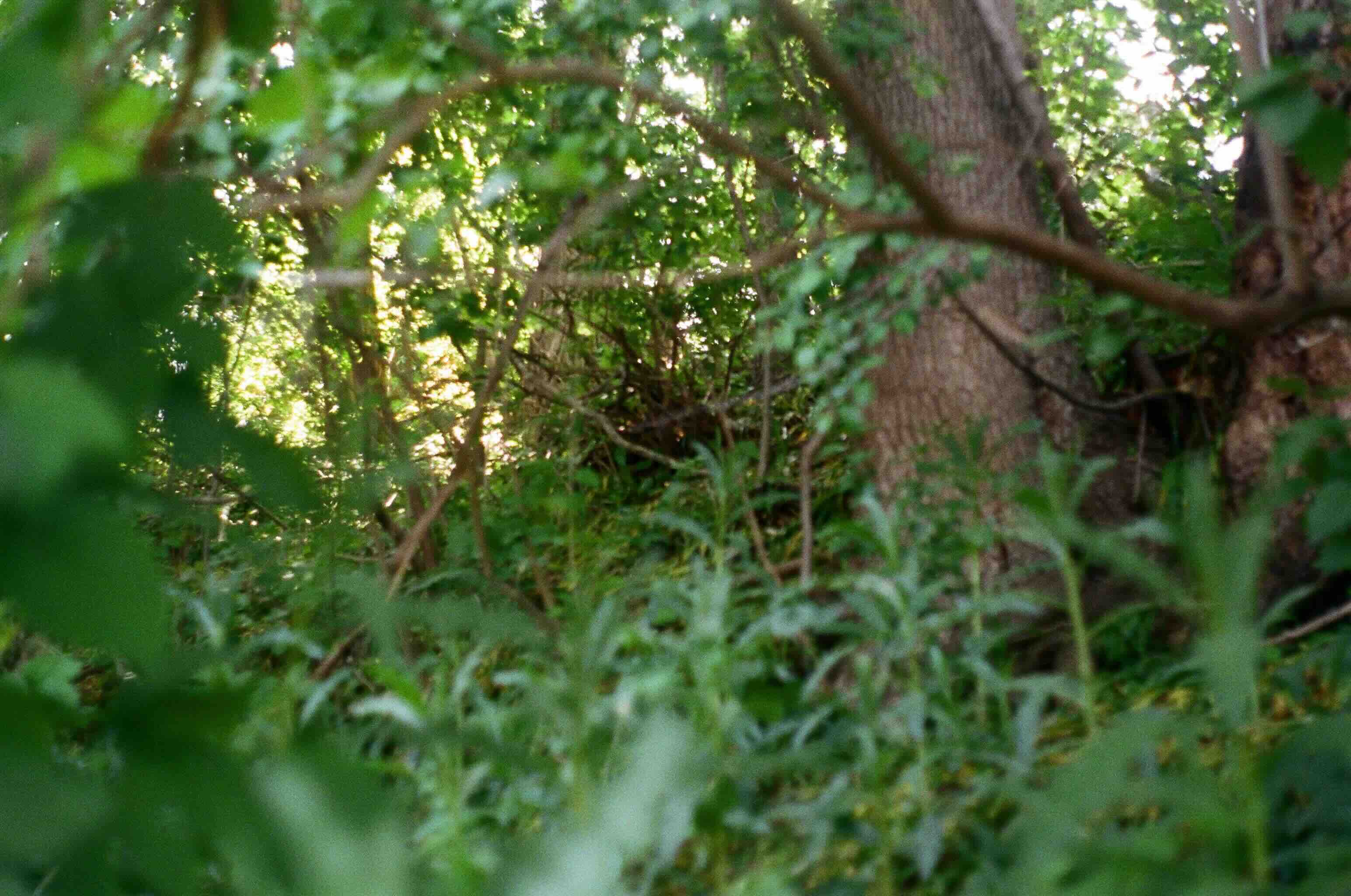


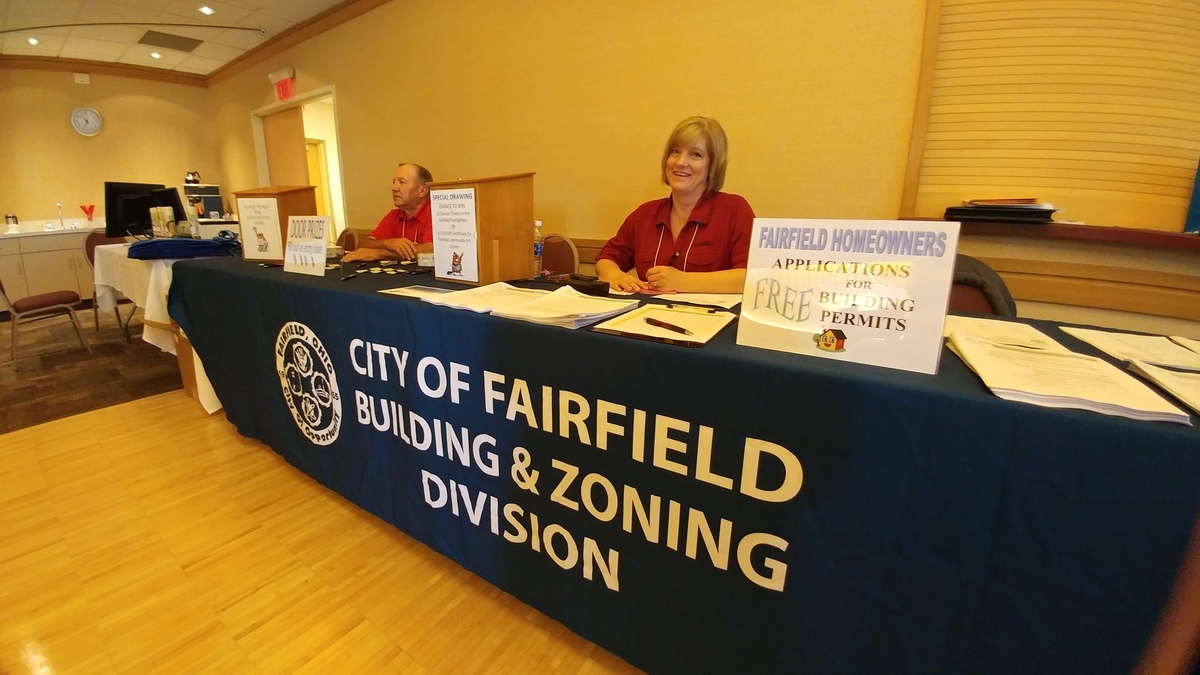
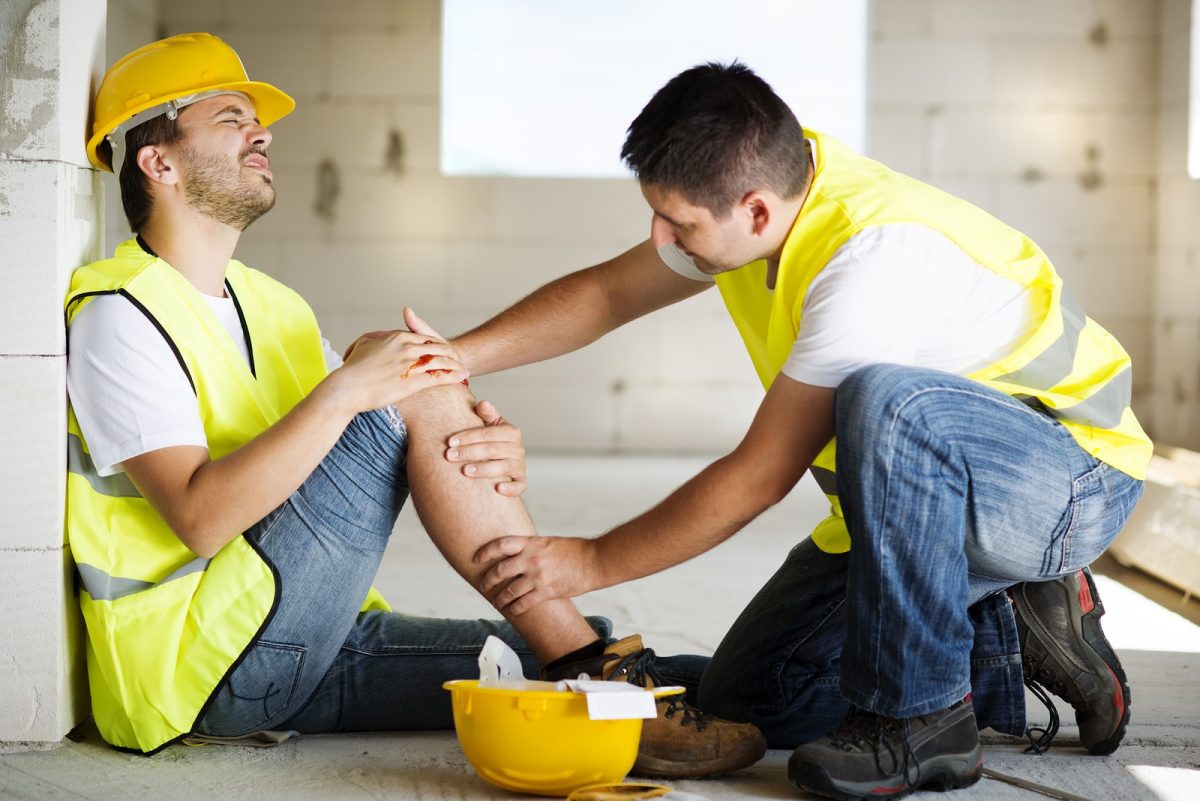

0 thoughts on “Which Area Of A Construction Zone Is The Most Dangerous?”